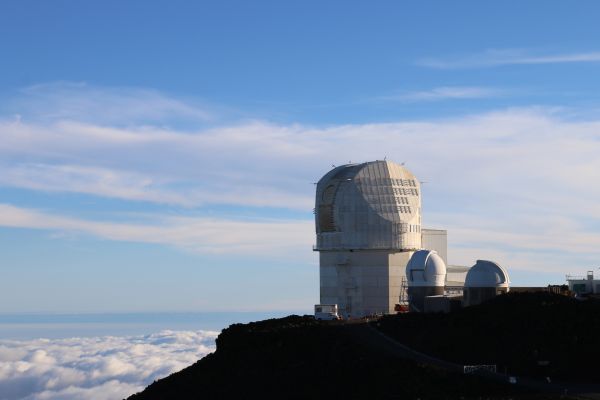Since 1950, the U.S. National Science Foundation has invested in fundamental research into solar astronomy and heliophysics.
Activity on the sun, known as space weather, can affect systems on Earth. Magnetic eruptions on the sun can impact air travel, disrupt satellite communications and bring down power grids, causing long-lasting blackouts and disabling technologies such as GPS.
NSF-funded research explores the dynamic nature of the sun's behavior and its interaction with Earth’s upper atmosphere and near-Earth space, improving society's ability to predict space weather events and secure critical infrastructure.
 Table of Contents
Table of Contents
What we support
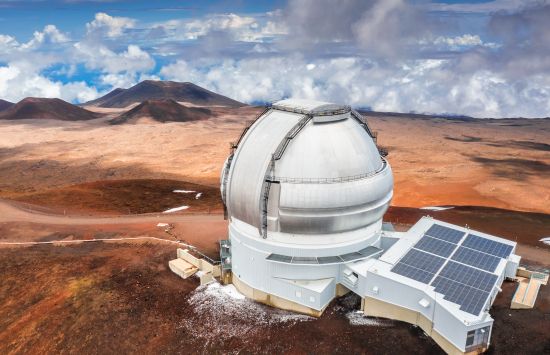
Solar astronomy
NSF supports the comparative study of the sun and other types of stars as well as how a star impacts the entire solar (or stellar) system.
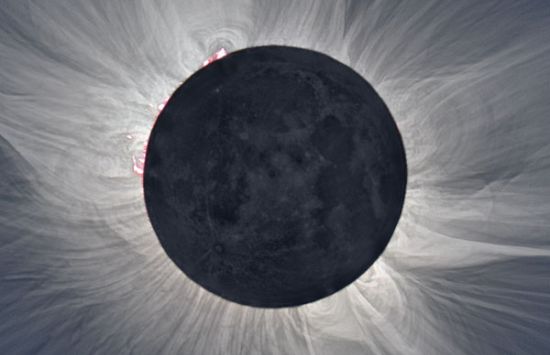
Space weather research
NSF supports research into the sun's electromagnetic activity and its effects on the planets to develop innovative tools for space weather prediction.

Accelerating technological development
NSF supports the development of technology and instrumentation that advances research at observatories and other research facilities.
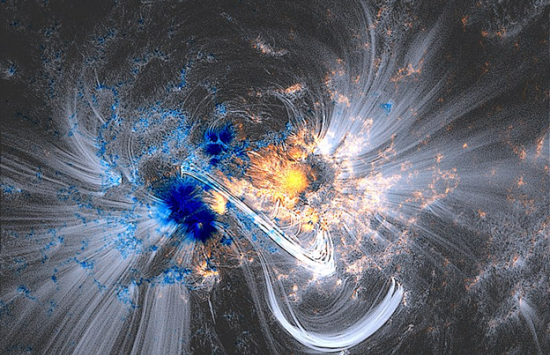
Plasma physics
NSF supports research on plasma: the fundamental state of matter that makes up the upper level of the sun's atmosphere.
Facilities
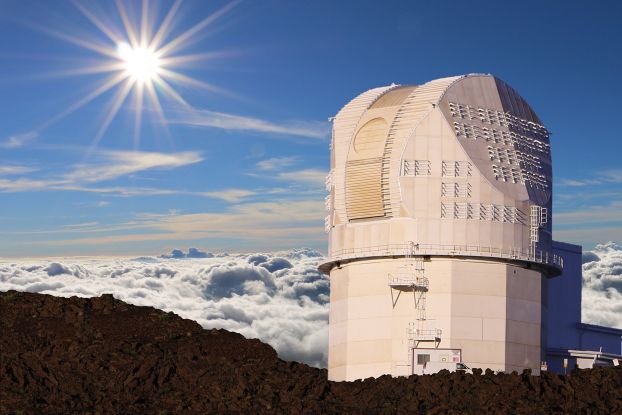
National Solar Observatory
NSF National Solar Observatory (NSF NSO) is a federally funded research and development center that allows physicists to explore all aspects of the sun and its impacts on the planet. It operates an extensive network of ground-based telescopes around the globe, including the NSF Daniel K. Inouye Solar Telescope — the largest, most powerful solar telescope on Earth.
NSF NSO also operates the Global Oscillation Network Group (GONG), a worldwide network of six identical telescopes designed to observe the sun 24/7. The network provides observational capabilities critical for predicting space weather, such as solar storms, and for examining the internal structure and dynamics of the sun.

NSF NCAR High Altitude Observatory
The NSF National Center for Atmospheric Research (NCAR) is a federally funded research and development center and is a focal point for research in the field of atmospheric sciences. Its High Altitude Observatory observes and models sun-Earth interactions.
Featured funding
Featured news
Videos
Learn about the sun's corona from NCAR scientists through a song inspired by the song "My Sharona" by The Knack.
Learn about the various aspects of the sun and solar weather.
Explore NSO's multimedia gallery, which features imagery, videos and infographics on the sun and NSO telescopes.




